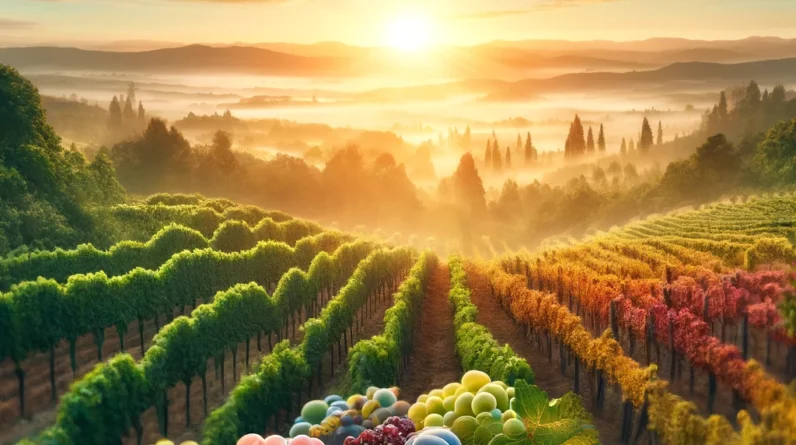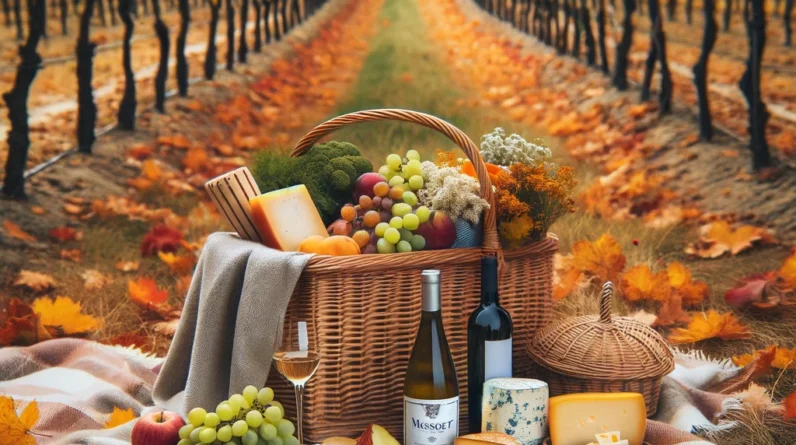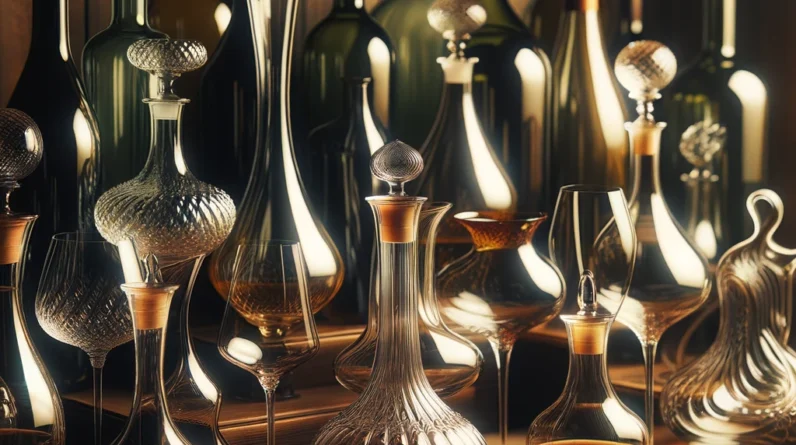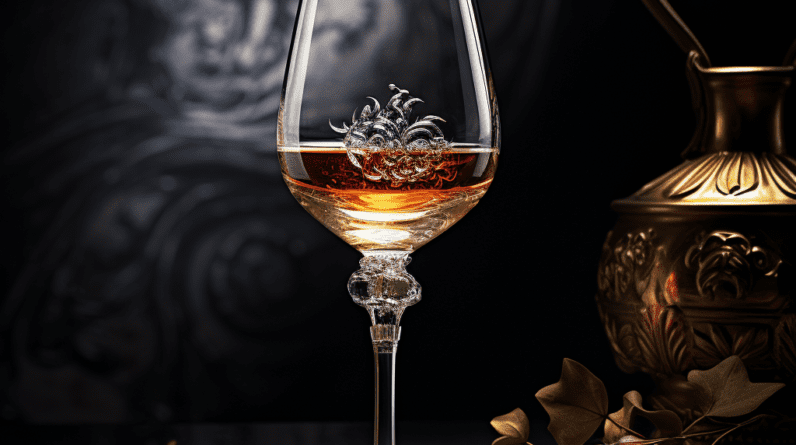
Feast your senses on the multifaceted world of dessert wines!
From the light bubbles of Moscato d’Asti to the profound depths of vintage Port, there’s a sweet symphony awaiting your palate.
Dessert wines?
Think of them as Scotch’s suave cousin.
Small sips. Big joys.
The Sweet Science Behind Dessert Wines
It’s all about halting the fermentation.
As yeast munches on grape sugars, transforming them into alcohol, we say “stop!” right before they’re done.
How? By chilling the wine to freezing temperatures or fortifying it with brandy.
The end result? A luxurious, naturally sweet elixir.
Out of countless dessert wines crowding the shelves, most belong to five primary families.
Let’s embark on a thrilling journey through these styles.
THIS IS THE DESSERT WINE GLASS YOU’VE BEEN LOOKING FOR!
The Fizz and Pop: Sparkling Dessert Wines
Don’t be fooled by the bubbles!
Sparkling wines might taste less sweet than they truly are due to their vibrant acidity.
The aroma of certain grapes can deceive our senses into believing the wine is sweeter than it is.
For a sweet bubbly adventure, scout for these labels:
Demi-Sec (French for “off-dry”)
Amabile (Italian for “slightly sweet”)
Semi Secco (Italian for “off-dry”)
Doux, Dolce, Dulce, Moelleux… you get the gist, they all mean sweet!
A Sip of Sunshine: Lightly-Sweet Dessert Wines
Perfect for balmy afternoons, these wines bring together sweetness and refreshment.
Most are bursting with fruity goodness, making them ideal companions for fruit or vanilla desserts.
Key players here? Gewürztraminer with its enchanting floral notes and Riesling that swings both ways – from dry to sweet.
Elixirs of Opulence: Richly Sweet Dessert Wines
Late Harvest Wines: The Sweetness of Patience
When you hear “late harvest”, it is precisely what the term evokes.
Grapes are allowed to linger on the vine for a more extended period than usual.
This waiting game allows them to soak up more sun, evolve, and develop a profounder sweetness.
As they continue to mature, they undergo a process of “raisination” – they become shriveled, resembling raisins, concentrating the natural sugars within.

Regions around the world have different names for this method.
In the picturesque Alsace region of France, they call this “Vendage Tardive.”
Meanwhile, in the scenic valleys of Germany, it’s known as “Spätlese.”
This extended period on the vine lends the wine a depth and richness that’s hard to achieve in early-harvested grapes.
Though any grape variety can be used in this practice, some have gained more popularity than others in the world of late-harvest wines.
The likes of Chenin Blanc, Sémillon, and Riesling are favored choices due to their inherent flavor profiles and the beautiful complexities they develop.
Noble Rot: Nature’s Intriguing Touch on Wine
Now, let’s delve into something even more fascinating.
Enter “Noble Rot” or its more scientific name, Botrytis cinerea.
This spore has a fondness for fruits and vegetables.
And while at first glance (and description), it might sound unappealing, this fungal phenomenon can be a vintner’s best friend.
As it settles on grapes, it imparts unparalleled flavors to them – think luscious notes of ginger, aromatic saffron, and rich honey.

Some regions have become legendary for their noble rot wines.
In the Bordeaux region of France, you have the renowned Sauternais group encompassing appellations like Sauternes, Barsac, Cadillac, and Monbazillac.
These areas predominantly use Sémillon and Sauvignon Blanc grapes to craft golden-hued nectars of delight.
On the other hand, Hungary boasts the celebrated Tokaji Aszú, a wine produced from the Furmint grape.
It’s a testament to the wonders of noble rot.
HAVE YOU TRIED THIS GLASS CLOTH?
Dive into Germany, and the Pradikat system of labeling will introduce you to terms like Auslese, BA (Beerenauslese), and TBA (Trockenbeerenauslese).
These wines, especially those from the Riesling grape, often showcase higher alcohol content and an exquisite sweetness that’s derived from the influence of botrytis.
Straw Mat Wines: Sun-Kissed Sweetness
Often referred to as “Passito,” this method involves an intimate dance with the sun.
Grapes are carefully laid out on straw mats, allowing them to dry and raisinate under the sun’s gentle touch.
This age-old technique intensifies the grape’s flavors and sugars.
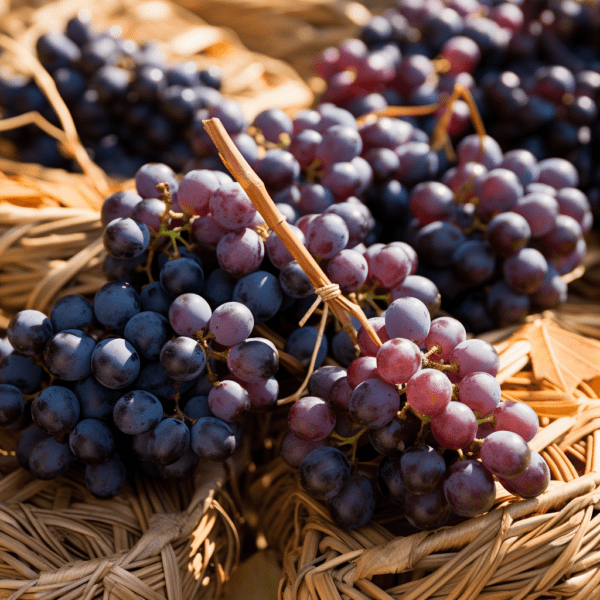
Italy is renowned for its Vin Santo, crafted from Trebbiano and Malvasia grapes.
This wine is a journey of flavors, from rich, nutty undertones to hints of dates.
From the same land, you’ll find the Italian Passito.
While Passito di Pantelleria serenades you with Muscat’s influence, Caluso Passito introduces you to the unique essence of the Erbaluce grape from Piedmont.
But this method isn’t exclusive to Italy.
Greece has its treasures like Vinsanto, made from the vibrant Assyrtiko grape, and the ancient Commandaria from Cyprus, with a lineage tracing back to 800 B.C.E.
In Austria and Germany, you’ll encounter the rarer Strohwein and Schilfwein, respectively, predominantly crafted from Muscat and Zweigelt grapes.
Lastly, the French aren’t far behind with their Vin de Paille from the Jura region, notable for its Chardonnay and ancient Savagnin grapes.
All in all, these techniques showcase the incredible versatility and adaptability of winemaking, turning potential obstacles into sweet opportunities!
Frosty Royalty: Ice Wine (Eiswein)
Imagine grapes frozen on the vine and then pressed.
This rare luxury emerges from such chilly circumstances.
Predominantly from Canada, these are honeyed treasures that mirror the richness of noble rot wines.
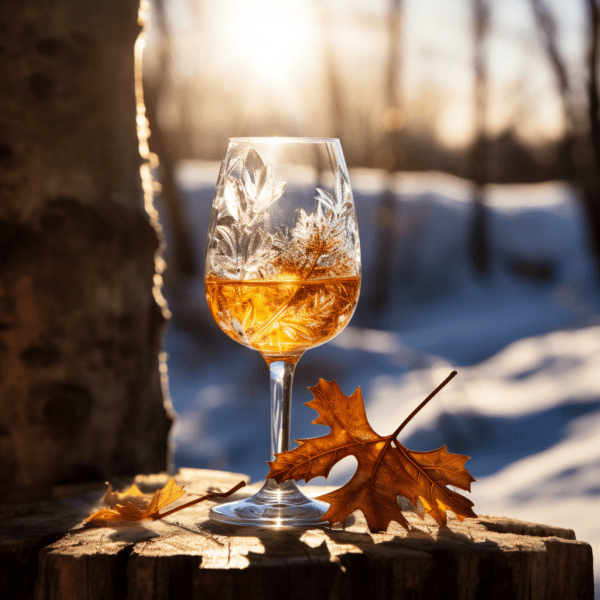
The Bold Reds: Sweet Red Wines
The world might be turning its back on sweet reds, but we say give these underrated marvels a shot!
Italy is the flag bearer with wines like Lambrusco and Brachetto d’Acqui.
Don’t let their sweet innocence fool you; they pack a flavorful punch.
So, next time you’re itching for a sugar fix, skip the cake and pour yourself a glass of luscious dessert wine.
Life’s too short to not indulge!





